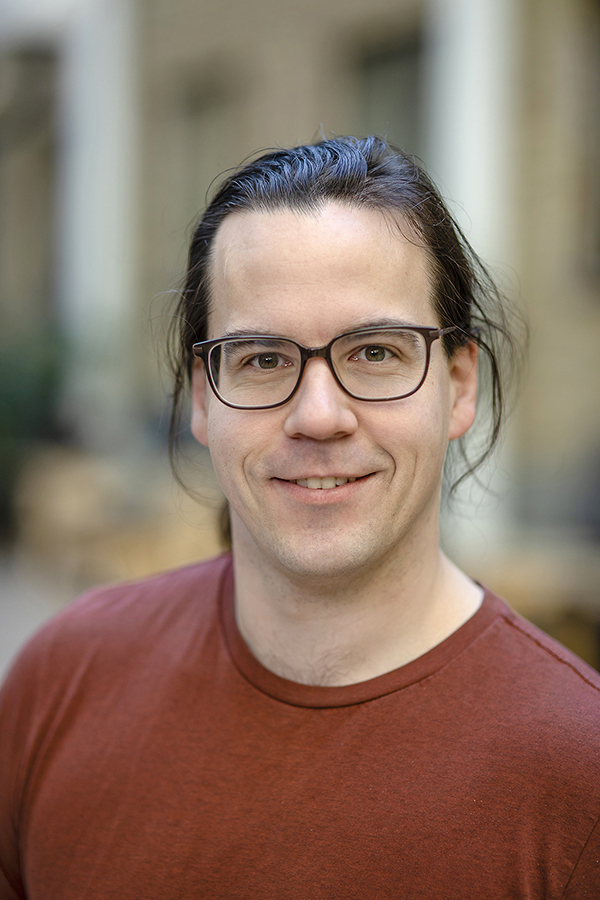Introducing MIMS-EMBL Group Leaders: Johan Henriksson - T cell Systems Biology
Dr Johan Henriksson, who is originally from Sweden, joined MIMS in April 2019. His group mainly focuses on the quantitative analysis of gene regulatory networks. He works with advanced computer modelling to try and build an overall understanding into how genes are interconnected

Can you tell me a bit more about your background and your research?
My background is perhaps slightly unusual in that I’m actually a mechanical engineer. I had originally planned to take over the family company, so I went to university to study mechanical engineering but, by accident, ended up doing a course in bio-mathematics and was instantly hooked. This led me to do my PhD in biology.
My research initially involved working with image analysis of C.elegans embryos. I developed a new image analysis framework called Endrov. This system is great for examining geneexpression in 3D over time. However our approach proved inefficient as our microscope could only record one gene per day. I realised it would be possible to use single-cell methods to examine multiple genes, all at once, but in order to receive the funding to make this happen, I needed to move abroad. I then joined the Teichmann Lab at the Wellcome Sanger Institute. Here, I came across CRISPR; a technique that was incredibly exciting. I spent the next five years working to develop new methods for large-scale mapping of transcriptomic regulation, which included CRISPR-screenings. Through this research I discovered T cells and this is what led me to focus on immunology.
What will your research programme at MIMS look like?
I am working towards building a quantitative model of T cells that includes all ‘known’ biology, using high-throughput methods. There is currently very little understanding of how genes are interconnected, which is where advanced computational modelling comes in.
The goal is to train a computer to have the intuition of a researcher, as a computer can store all known knowledge and can then also do multiple calculations at once. Humans are, effectively, a bottleneck when it comes to this type of investigations. Even though we can acquire great knowledge, we can’t think of everything at once. I’m also still really interested in T cells, so to supplement progress with computational modelling, my group will develop new and efficient wet lab methods that can efficiently map all interactions.
How will you build you research group?
I’ll be starting my group from scratch and the plan is to initially recruit for two roles. I’d ideally like to have an engineer or physicist to join as a PhD student, and then a postdoc with some mixed wet lab experience. I need people with lots of different skills, so I will build a very multidisciplinary group.
Do you plan to collaborate with other groups?
Yes definitely. We cannot build a group that knows everything, so I’m keen to work with experts who can help us to make sense of our data. I need input from those with more of a traditional biology background, but I’m also open to trying new methods, and so I am interested in collaborating with researchers who can give us a new perspective - I’m pretty open to working with anyone who thinks they can help!